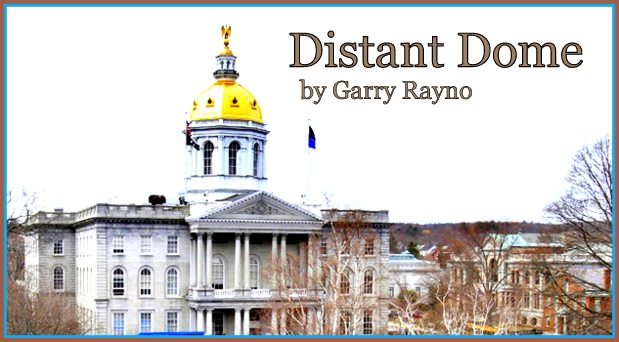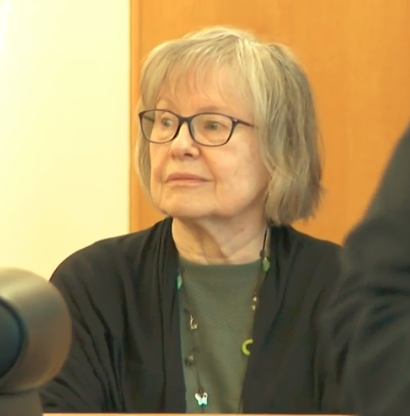Distant Dome is co-published by InDepthNH.org and Manchester Ink Link.
By GARRY RAYNO, Distant Dome
The adjudicative hearings on the $1.6 billion, 192-mile Northern Pass Transmission project have one month to go and then 12 days of public deliberations by the Site Evaluation Committee during January and February will lead to a decision.
The project was first proposed in 2010.
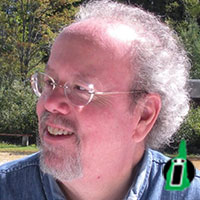
Garry Rayno
The timeline has been extended several times, most recently in August when the committee extended hearings from the end of September to the week before Christmas and put off its Sept. 30 decision deadline until the end of February with a written order by the end of March.
The site evaluation process had a simple beginning, but no one who witnessed the adjudicative hearings that began in April would know that.
The process has been laborious and at times into the weeds of electric industry economics and operations, and yes unyielding on all sides of the issue.
The process is set up to be contentious and adversarial and has lived up to expectations.
The Site Evaluation Committee acts as both judge and jury under current law.
But it was not always this way.
The utility site evaluation process began after Aristotle Onassis proposed building an oil refinery on pristine Durham Point with the blessings of then Gov. Meldrim Thomson.
Lawmakers intended the committee to be the overriding authority that processed applications with various state agency heads with differing jurisdictions deciding the fate of utility projects.
From the beginning, the Site Evaluation Committee usurped the authority of local select, planning and zoning boards so multi-community projects would not have to meet a patchwork of local ordinances and regulations.
For many years, the committee operated in a vacuum with little or no public involvement as transmission lines and wood burning power plants were approved. The outcry came once construction began.
Over the years, the Site Evaluation Committee has evolved with major changes enacted in the early 1990s after a 1989 report from the Energy Facility Siting, Licensing, and Operation Study Committee.
As a result of that report, the legislature consolidated different utility laws, set deadlines for processing applications, removed restrictions on public testimony and established the Counsel for the Public.
The Counsel for the Public was intended to be what its title said, the entity representing the public’s interest in the project and not an advocate for proponents or opponents.
The overhaul made it clear the state was to consider competing interests ranging from energy needs, economics, environmental protection, and the character, and historical and cultural resources of the area impacted by the project.
And the law set specific criteria and thresholds a project had to meet to be considered to be in the public good of the state if not the local area.
Since the early 1990’s changes, the SEC process remained in place until about a decade ago when proposals for large wind farms — several from Spanish multinational energy conglomerate Iberdrola — came before the committee.
The wind farms were a new animal and the state’s siting laws, rules and application process were not set up to address unique issues associated with the proposals.
The projects had more far-reaching effects than gas-fired electricity generating plants with impacts in a fairly small area.
Wind farm turbines can be seen from miles away; they kill birds and they produce energy intermittently that can cause problems balancing “the load” on the regional grid.
Two projects caught the attention of lawmakers, the Groton Wind Project in the Plymouth and Newfound area and the Granite Reliable Power project in the far North on the Bayroot parcel owned by Yale University endowment.
Lawmakers saw a process that often served state agencies more than area residents and lacked real public input with no specific rules and regulations addressing many local issues. For example, the projects are located in remote areas accessible by barely maintained town roads.
So lawmakers made changes in the application process to include more public involvement, put public members of the board while limiting the number of state agency heads, and better delineating what is expected of applicants.
Which brings us to today and the Northern Pass project.
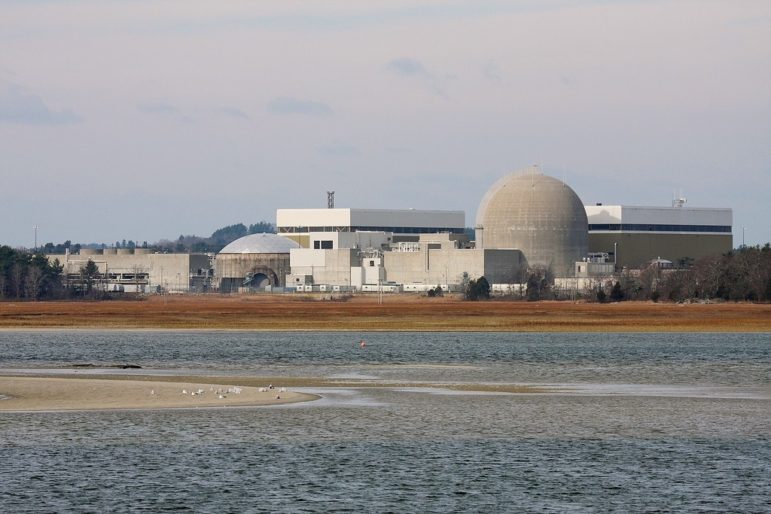
WikiPedia
The Seabrook Nuclear Power Plant is located in Seabrook. Two reactors were planned, but the second unit was never completed due to construction delays, cost overruns and troubles obtaining financing. The construction permit for the plant was granted in 1976, and construction on Unit 1 was completed in 1986.
The most obvious difference is the project is so much bigger than anything the SEC has dealt with since the Seabrook nuclear power plant.
The transmission line proposed to transport Hydro-Quebec electricity from Pittsburg to Deerfield would traverse 192-miles of the Granite State above ground in new and existing right-of-ways and underground for 60 miles.
The most northern section would have 32 miles of new corridor, eight of those miles underground, to be cut through the northern forest. Another 52 miles would be buried through the White Mountain National Forest running from Bethlehem to Bridgewater going down Main Street in Plymouth.
The remaining 106 miles of the project would be in existing right-of-ways but with much higher and larger steel towers including areas of Concord that will have some of the highest towers approaching 160 feet due to the narrow right-of-way.
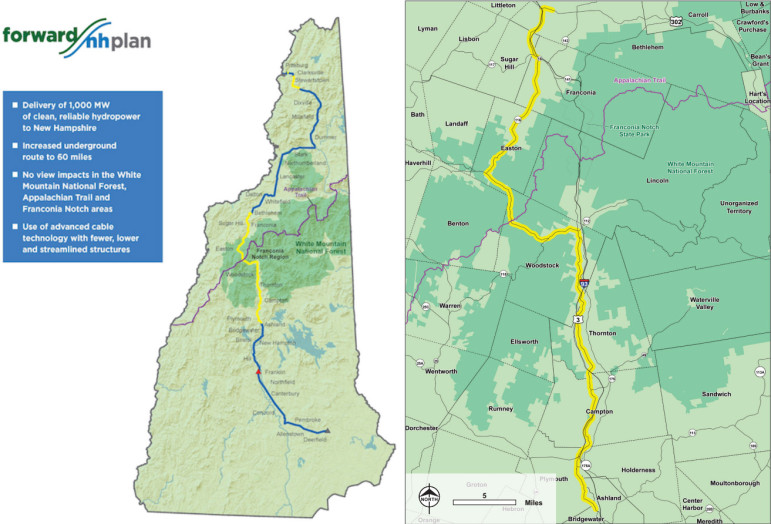
northernpass.us
Proposed route for Northern Pass with 60 miles of buried cable as the project stands today. Map courtesy of Forward NH Plan
There are over 1,000 parcels of land abutting the right-of-way or underground sections along the 192 miles.
That means thousands of people would be directly impacted by the line and many are intervenors in the project as are the towns and cities that would be host the line, substations, transition stations and splice vaults.
The Master Service List is 19 pages long with dozens of intervenor groups including project abutters, non-abutters, business organizations, conservation and environmental groups, labor unions, and other utilities and electricity generators.
The adjudicative hearings mirror a court trial.
From April until the end of September, Northern Pass presented its witnesses, including experts from throughout the United States, who were first cross-examined by Counsel for the Public and then up to 30 or so intervenors, some represented by attorneys, but many representing themselves.
Contrast that with Northern Pass’s team of seasoned attorneys including a former SEC and PUC chair and a former senior attorney general and acting commissioner of the Department of Environmental Services.
Some cross-examinations lasted a week.
Beginning last month, the Counsel for the Public called its own witnesses as have the intervenors who all have to be cross-examined and continue for another month.
The result has been thousands of exhibits the committee will have to review along with all the testimony, etc.
Lawmakers never envisioned a project of this size with this many intervenors and attorneys.
The chair of the SEC, PUC chair Martin Honigberg has tried to keep the process moving forward but it is difficult to turn a ship the size of Northern Pass.
Despite best efforts, some intervenors believe their cross-examinations have been hurried and their testimony stymied while Northern Pass has had all the time it needs.
It is a tough balancing act.
The changes the legislature made to increase public input works well for smaller projects but not for projects the size of Northern Pass where it is lost among the testimony, cross-examination and exhibits.
State regulators are not likely to see a project of this size in the next few years so lawmakers should take another look and see what may be done to set up a more workable pathway to decision for large projects.
Garry Rayno can be reached at garry.rayno@yahoo.com
 Garry Rayno’s Distant Dome runs exclusively on Manchester Ink Link and InDepthNH.org, where Rayno will explore a broader perspective on State House – and state – happenings. Over his three-decade career Rayno has closely covered the NH State House for the New Hampshire Union Leader and Foster’s Daily Democrat, and his coverage spanned the news spectrum, from local planning, school and select boards, to national issues such as electric industry deregulation and Presidential primaries. He is former editor of The Hillsboro Messenger and Assistant Editor of The Argus-Champion. Rayno graduated from the University of New Hampshire with a BA in English Literature and lives with his wife Carolyn in New London.
Garry Rayno’s Distant Dome runs exclusively on Manchester Ink Link and InDepthNH.org, where Rayno will explore a broader perspective on State House – and state – happenings. Over his three-decade career Rayno has closely covered the NH State House for the New Hampshire Union Leader and Foster’s Daily Democrat, and his coverage spanned the news spectrum, from local planning, school and select boards, to national issues such as electric industry deregulation and Presidential primaries. He is former editor of The Hillsboro Messenger and Assistant Editor of The Argus-Champion. Rayno graduated from the University of New Hampshire with a BA in English Literature and lives with his wife Carolyn in New London.
